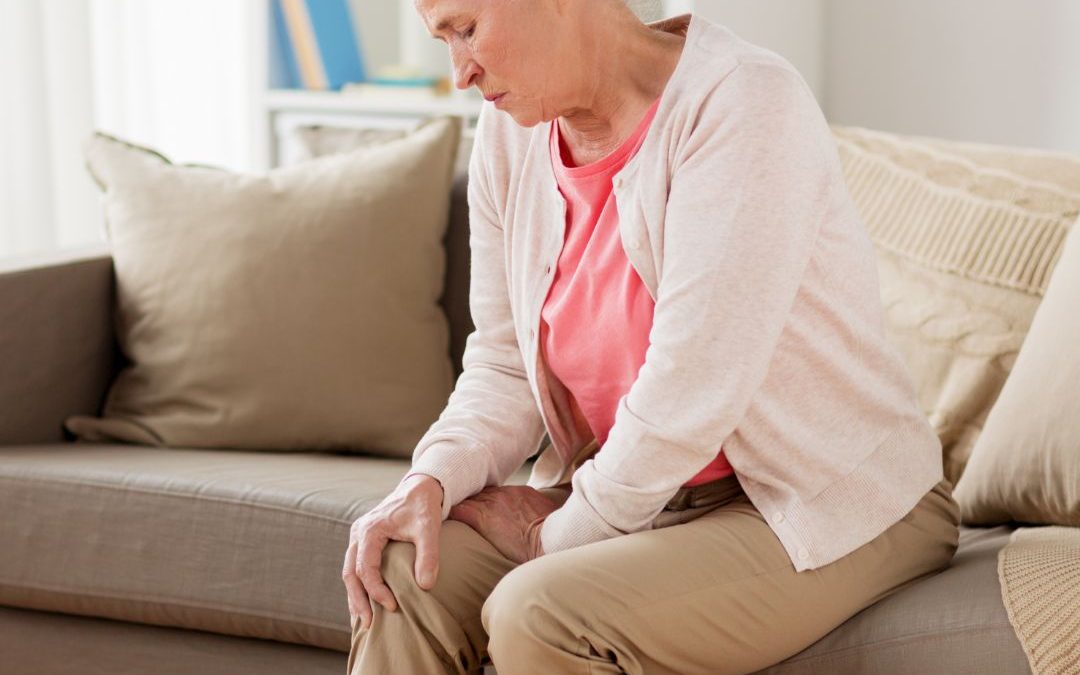As winter’s cold sets in, a common question arises: “How can I help my aching joints in cold weather?” This blog post delves into effective strategies to maintain joint health during the colder months, providing in-depth advice for those experiencing joint discomfort.

As winter’s cold sets in, a common question arises: “How can I help my aching joints in cold weather?” This blog post delves into effective strategies to maintain joint health during the colder months, providing in-depth advice for those experiencing joint discomfort.
1. Keep Warm to Ease Joint Aches “Why do my joints feel stiffer in the morning during winter?” The cold can cause the synovial fluid in joints to thicken, leading to stiffness. Combat this with warm, layered clothing and thermal wear, especially in areas prone to discomfort like knees and elbows. Keeping your living space heated and avoiding prolonged cold exposure are key to reducing joint pain.
2. Warm Baths for Mobility “Can warm baths improve joint mobility in winter?” Absolutely. The warmth helps relax muscles and improve joint mobility, while Epsom salts, rich in magnesium, decrease inflammation. Aromatherapy oils like lavender or eucalyptus in your bath can further enhance relaxation and stress reduction.
3. Diet and Joint Health “How does diet affect joint health in winter?” Inflammation is a key contributor to joint pain, and certain foods can help manage it. Incorporate anti-inflammatory foods like turmeric, ginger, and omega-3 rich fish into your diet. Drinking warm herbal teas keeps you hydrated and is beneficial during colder months.
4. Protect Your Joints at the Desk For desk workers, it’s important to ask, “How can I protect my joints while working at a desk in winter?” Ensure your workspace is warm and free from drafts. Using ergonomic furniture and taking frequent breaks to stretch helps in keeping joints from becoming stiff.
5. Gentle Exercises for Flexibility “What types of exercises are good for joints in cold weather?” Gentle, low-impact exercises like yoga, tai chi, or swimming are excellent for improving joint flexibility and strength, enhancing blood flow, and reducing stiffness, especially beneficial in the mornings.
6. Regular Massages “Are massages beneficial for joint health in winter?” Regular massages significantly improve circulation, relax muscles, and provide relief from joint discomfort. Consider professional massages or use self-massage tools to alleviate tight muscles.
7. Skin Scrubbing and Circulation “What are natural ways to boost circulation for joint health?” Skin scrubbing in the shower with a loofah or brush stimulates blood flow, aiding in muscle and joint health. This practice also supports lymphatic drainage, reducing swelling in joints.
8. Foam Rolling Foam rolling is an effective self-massage technique, especially beneficial for releasing tight muscles in the back, legs, and areas prone to stiffness, thereby improving joint flexibility.
9. The Role of Sleep and Rest in Joint Health “Why do my joints ache more at night?” Decreased movement during sleep can lead to reduced drainage and fluid accumulation in joints. Using pillows for support, wearing compression garments, or gently elevating affected joints can reduce swelling and pain, promoting restful sleep.
10. Keeping Your Home Warm “Can keeping my home warm help with joint pain?” Yes, a warm living environment reduces the discomfort associated with joint pain. Consistent heating and using a humidifier can prevent air from becoming too dry, benefiting joint health.
Conclusion: Navigating joint pain in winter requires a combination of dietary, lifestyle, and environmental adjustments. Each of these detailed tips contributes to healthier joints during the cold months. Remember, while these strategies offer general guidance, they are not a substitute for professional medical advice.

